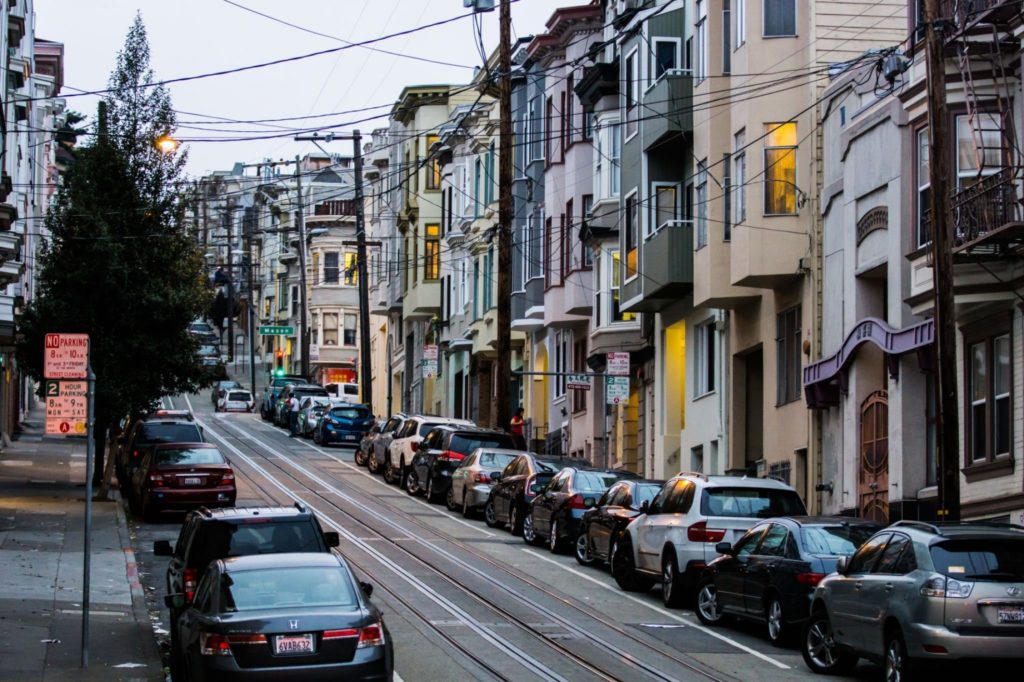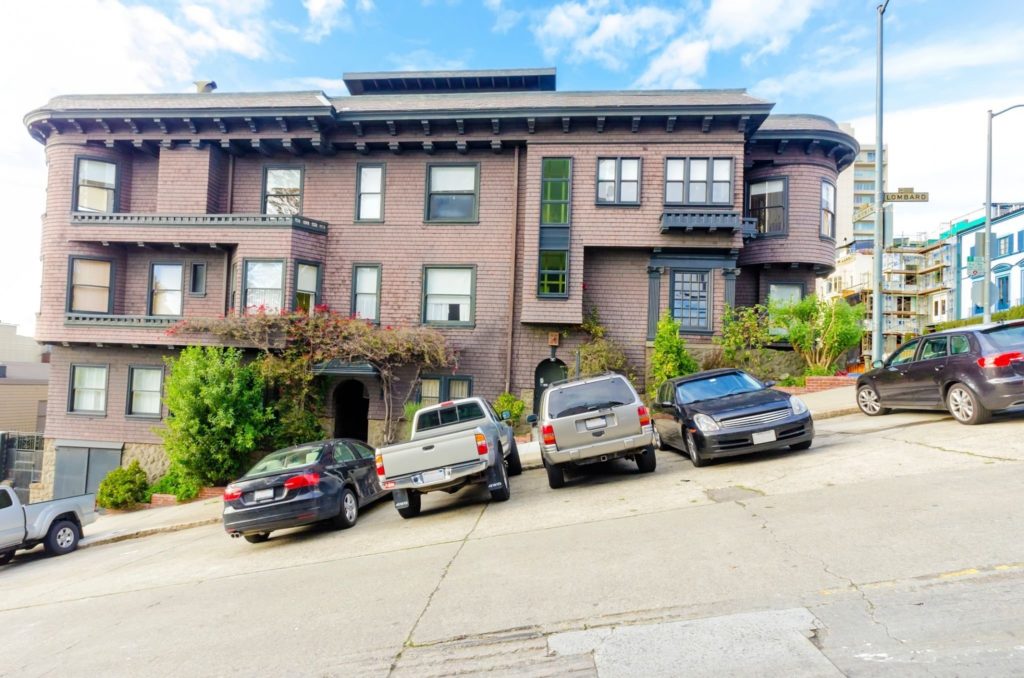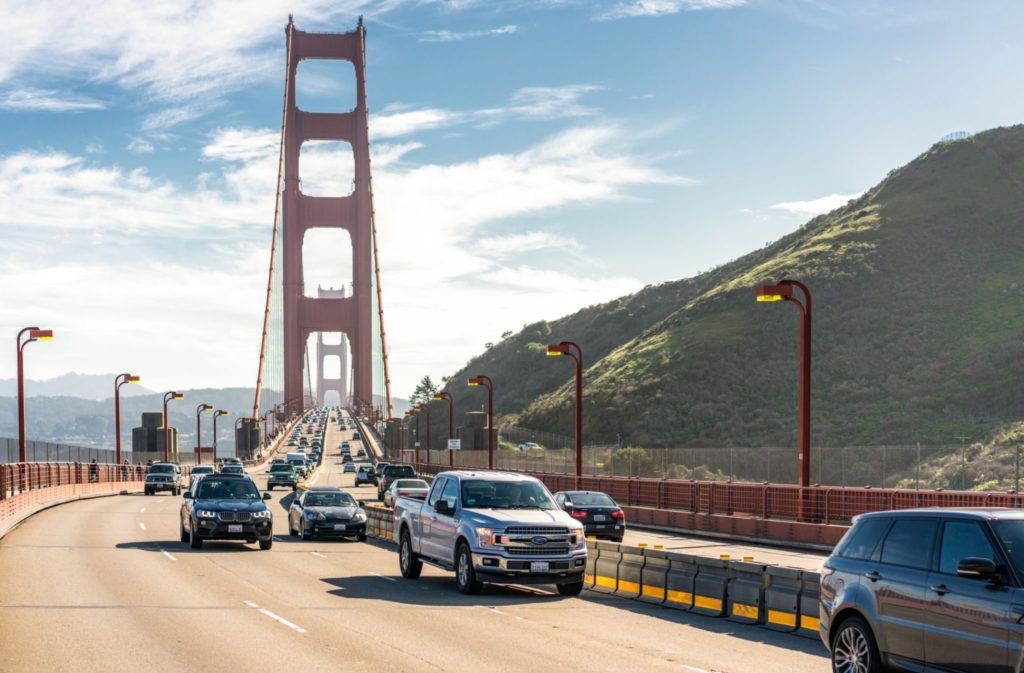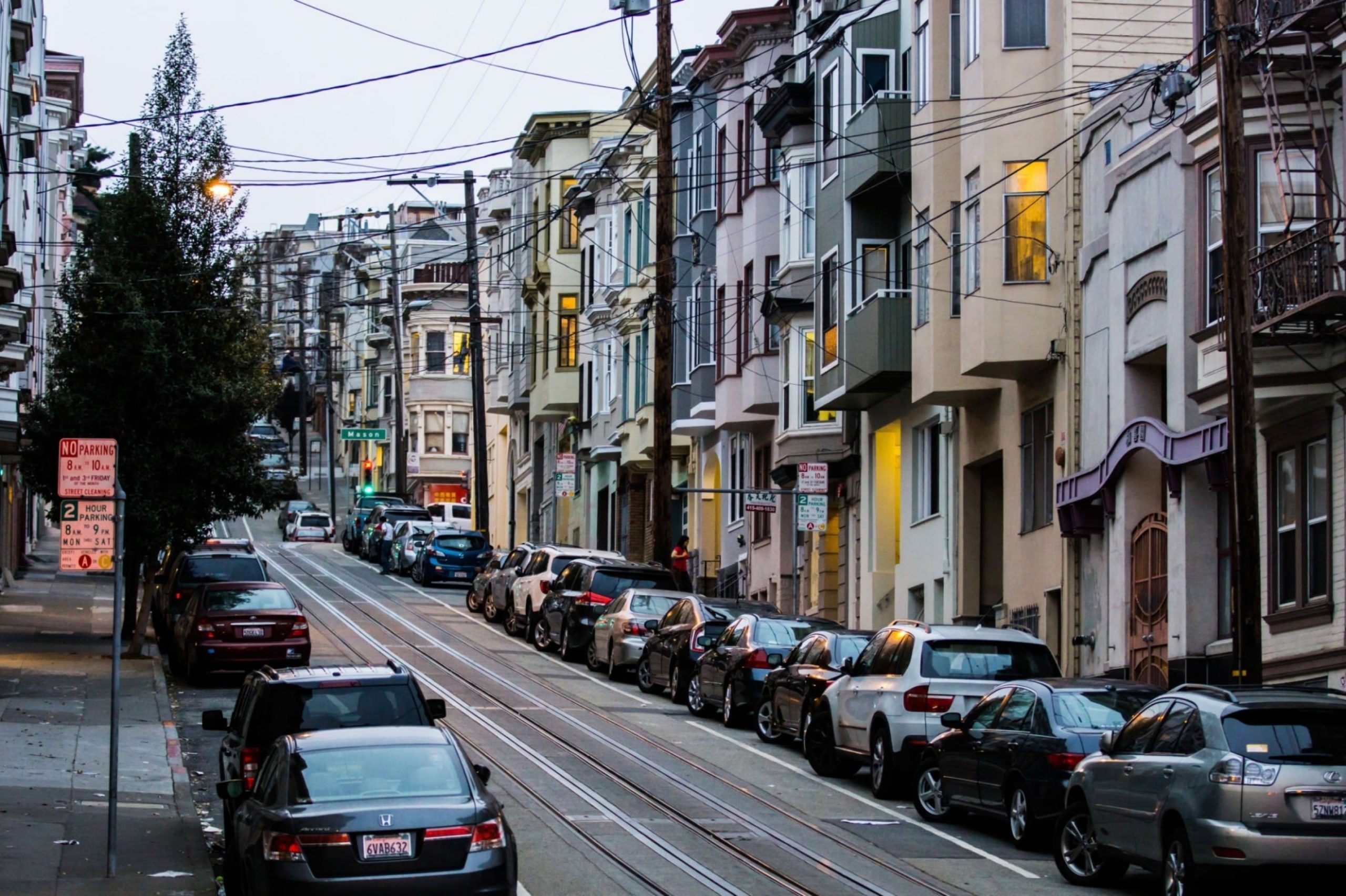One of the questions that we at Spacer are often asked is what the value of unused parking spaces in a particular city is. It’s an important question, it is challenging to answer because there are so many variables in play. At first glance, it may seem to be one of those impossible-to-answer Zen koans (or Google job interview questions) like calculating the number of grains of sand on a beach or the number of stars in the sky. But as it turns out, there actually is a number. And it’s a staggering one.
That’s why we created the Spacer Index to figure out the market value of available spaces. After we created our formula, we came up with a number that is pretty astronomical. Needless to say, it’s a figure that we need to be able to justify.
Here’s how we did it:

The Elimination Game
We wanted our Spacer Index number to be realistic, rather than simply going for as large a number as possible to create a “wow factor.” Without putting significant restrictions in our formula, the total dollar figure would have been three or four times higher than what we ended up with.
The last thing we wanted was anyone to think that we were patting the numbers for the sake of hyperbole. If anything, we cut a bit more than we probably could have.
Because we are in the business of providing monthly parking spaces, rather than daily or hourly parking, we narrowed our focus only to locations where people can park during for longer periods. That eliminated street spaces, because there are so many restrictions that it isn’t reasonable to assume that people would be able to put their cars there without getting ticketed.
We also didn’t include shopping centers and other retail locations. There are literally tens of thousands of spaces, but most of them tend to be most heavily used during work hours. We also decided not to include existing paid parking lots, because in most cities they are close enough to capacity that there really isn’t enough “excess” stock for us to incorporate into our calculations.
But perhaps the biggest category that we eliminated was class A commercial real estate, which is primarily clustered in San Francisco’s downtown core. That’s because these are the spaces that are the most in demand, and occupancy rates tend the hover around 90%. We recognize these are the most desirable spaces in the city, so they have the lowest availability rates and the highest per-month cost. We probably left out a few hundred million dollars’ worth of extra spaces on the table, but it was important for us to make sure that we were only counting the kinds of spaces that are currently not being rented out to monthly parkers. Again, we wanted to err on the side of conservatism at every turn.
Valuing Spaces
According to multiple reputable sources, the average cost of a monthly parking space in San Francisco is around $350.
So, we could have simply taken the number of available spaces, multiplied it by that number, and come up with our index. However, we recognized that the number is so high because it is so heavily skewed to parking garages in class A properties. That’s why we looked at the entire city, not just the downtown core, and used sources including Craigslist to figure out the average cost of the spaces that we included in the index.
The number that we settled on was $220 a month, which seems to be the average for renting a parking space outside of the downtown core. It may be a little bit low, but it was important for us to be as conservative as possible with all our numbers.
Calculating Spaces
As Michelangelo famously said, “I created a vision of David in my mind and simply carved away everything that was not David.” We may not be great sculptors, but we took the same approach by carefully removing everything that shouldn’t be in the Spacer Index. We ended up with four categories of properties that we believed met our criteria for availability for monthly parkers during standard work hours:
- Religious institutions
- Hotels
- Multifamily residential properties (5+ units)
- Single-family homes, duplexes, and small apartments (1-4 units)
- Class B and C commercial buildings
We used publicly available data to calculate the number of spaces that are available in San Francisco.
One of the most important things that we did was figure out not only how many spaces exist, but how many could reasonably be considered free for monthly rental. For example, just because a hotel has 200 parking spaces does not mean that there are 200 available spaces for non-guests! Needless to say, the number of spaces that would be considered open is a small percentage of the total number of spaces. Again, we were incredibly conservative with how we calculated the number of spaces for each of these categories.
As a final factor, we looked at commuting statistics because those tend to ratchet down the number of available parking spaces in most cities. Using data from several Bay Area transit systems (including BART, AC Transit, Caltrain, and Muni), as well as figures from Caltrans and the San Francisco city government, we figured out how many San Franciscans drive to their jobs in the city, how many leave the city for work (primarily to the Peninsula and the East Bay), and how many people come into the City by car to work. We even looked at the effects of “casual carpooling” – a uniquely Bay Area form of hitchhiking to skirt HOV lane restrictions – to come up with a realistic number of how many people park in the city of San Francisco for work every day.

The Total Value
We didn’t know what to expect when we crunched the numbers with all of the parameters and restrictions listed above, and we were stunned to see a figure above $250 million.
That seemed a little bit crazy to us, so we ended up running our calculations again and again looking for any areas where the value of available spaces, or the number of spaces themselves, could have been overstated. As it turns out, we were comfortable with the numbers. If anything, our tight parameters kept the number lower than it probably could have been. For example, by including shopping centers and downtown commercial buildings, we could potentially have seen a number approaching half a billion dollars!
Apples to Apples
Our first calculation was the value of parking in the city of San Francisco, but we want to apply this to several cities in North America. To ensure we can rank the value of available spaces in various locations, we needed to ensure that our formula was repeatable and consistent. For example, when we calculated the index for San Francisco we only looked at the city rather than the entire nine-county metropolitan area.
We are taking that same approach across the board because we don’t want to be in a position where we are comparing a geographically small city like San Francisco with a sprawling metro area like Atlanta.
Over the next few weeks, we will be releasing statistics on the value of available parking in Seattle, Atlanta, Boston, and several other cities that have a reputation for being tight parking markets.
The big question about the Spacer Index is why we are doing this.
The answer is: we always knew that there was a ton of underutilized space, but we wanted everyone else to really understand how much of it there really was. For the first time, there is a numerical value associated with the number of parking spaces that are available for monthly renters, and it is a stunning figure.





